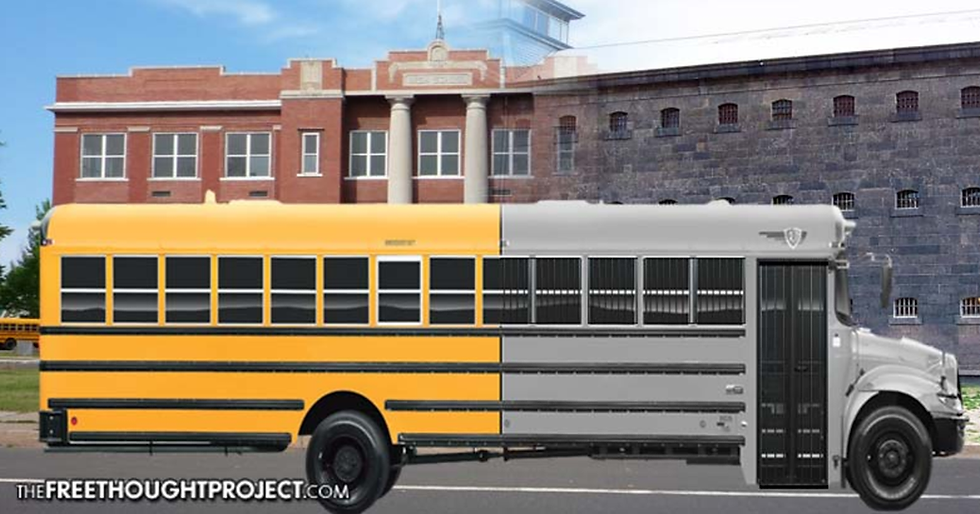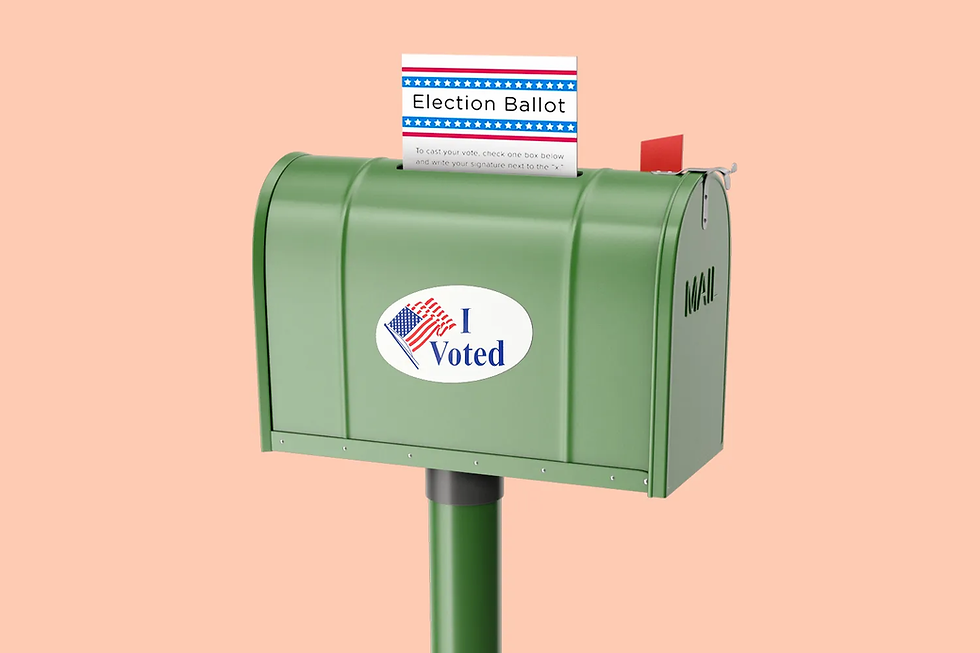The School to Prison Pipeline
- Editorial Team

- Aug 13, 2020
- 4 min read

The school to prison pipeline is a system in which Black, Latinx, and minority students are punished and disciplined harsher than their white counterparts for minor offenses. In various studies and research cases (all cited at the bottom), Black children are more likely to be disciplined while white children are more likely to receive medical support, such as counseling. Black children are 3x more likely to be disciplined in schools than white children for the same offenses. It is no question that Black and minority children in America are being pushed into juvenile detention centers while white children are receiving more adequate care.
There are a lot of factors that influence and reinforce the school to prison pipeline. One of which is the Zero Tolerance Policy that schools across the country adopted. This policy makes minor occurrences, like talking back, into punishable acts that lead to suspension. As schools began enforcing this strict Zero Tolerance Policy, they also took to the Broken Window Theory. If you are not familiar, the Broken Window Theory of policing is the act of cracking down on smaller, minor offenses to make people feel safe. This actually does quite the opposite. I wrote about it in more detail in a previous post but basically, the more “proactive policing” there is in a neighborhood, the more crimes actually occur.
By punishing children for acting out, you are only telling them that they are criminals and should not be able to feel emotions. Police officers in schools has been increasing since the 1990s but having them be in the schools has led to two things. 1) Children feel more anxious when police are in the school. 2) Teachers and administrators are more likely to hand over any student acting out rather than talking to them or sending them to the guidance counselor. Since the officers are already there, they are freeing up their own time by just sending them to the actual law enforcement agent. Having these first experiences with police officers can be traumatic for the children as they already have a sense of being in the wrong and a criminal. Children need guidance and talking, not police officers disciplining them.
Instead of having active police officers in schools, schools should provide more counselors to address the roots of the problems and properly deal with them rather than just sending them off to a juvenile detention center. These first experiences with police in schools turns into more children being sent to juvenile detentions center and becoming part of the system. The more often the kids are sent there, the more likely that they will eventually be sent to actual prison when of age. The school system is funneling students out of school into the prison system. And once in this system, it is difficult to receive proper care and attention to make them better. The conditions in these facilities are poor and underfunded and “criminals” has such a negative connotation so the kids become the face of crime.
To back up, the offenses that many of these kids are accused of are labeled as “insubordination” or “willful defiance”. These terms are so difficult to define so kids can be suspended for using the wrong tone or challenging the teacher or really just about anything that the teachers or administrators want. One child in Ohio was actually suspended for making finger guns. He did not possess any real weapon, he was simply making his hand into the shape of a gun but because of the zero tolerance policy, he was suspended.
These increases in suspensions and situations with in-school police officers is quite detrimental to the students’ learning. When children need a safe place the most, they are being shut out and sent away. Many times children act out because of drama / danger at home so suspending them is only sending them back to the toxic environment they were trying to escape. Turning these kids into criminals is not helping anyone. The fact of the matter is that schools need more counselors and less police officers. There is no way for me to address every single facet and aspect of this growing problem, but I hope my introduction to this topic motivates you to learn more and take action.
Díaz, Jaquira. “The School-to-Prison Pipeline Is Getting Worse for Black and Brown Girls | Jaquira Díaz.” The Guardian, 14 Mar. 2019, www.theguardian.com/commentisfree/2019/mar/14/black-brown-girls-school-prison-crime-jaquira-diaz. Accessed 13 Aug. 2020.
Herbert, Bob. “Opinion | School to Prison Pipeline.” The New York Times, 9 June 2007, www.nytimes.com/2007/06/09/opinion/09herbert.html?searchResultPosition=1. Accessed 13 Aug. 2020.
Jackson, Joe. “School-to-Prison Pipeline: Black Kids Get Cops, Whites Get Docs.” The Greenlining Institute, 23 July 2018, greenlining.org/blog-category/2018/school-to-prison-pipeline-black-kids-get-cops-white-kids-get-docs/. Accessed 13 Aug. 2020.
Jonsson, Patrik. “Ohio Boy Suspended for Pointing Finger like a Gun. ‘Zero Tolerance’ Run Amok?” Christian Science Monitor, 4 Mar. 2014, www.csmonitor.com/USA/Education/2014/0304/Ohio-boy-suspended-for-pointing-finger-like-a-gun.-Zero-tolerance-run-amok. Accessed 13 Aug. 2020.
Nelson, Libby, and Dara Lind. “The School to Prison Pipeline, Explained — Justice Policy Institute.” Justicepolicy.Org, 24 Feb. 2015, www.justicepolicy.org/news/8775. Accessed 13 Aug. 2020.
“School-to-Prison Pipeline.” American Civil Liberties Union, 2019, www.aclu.org/issues/juvenile-justice/school-prison-pipeline. Accessed 13 Aug. 2020.
TEDx Talks. “School to Prison Pipeline | Youth for RISE Advocacy Network | TEDxYouth@RVA.” YouTube, 11 Jan. 2017, www.youtube.com/watch?v=O6eFKtco4Jc&app=desktop. Accessed 13 Aug. 2020.



Comments